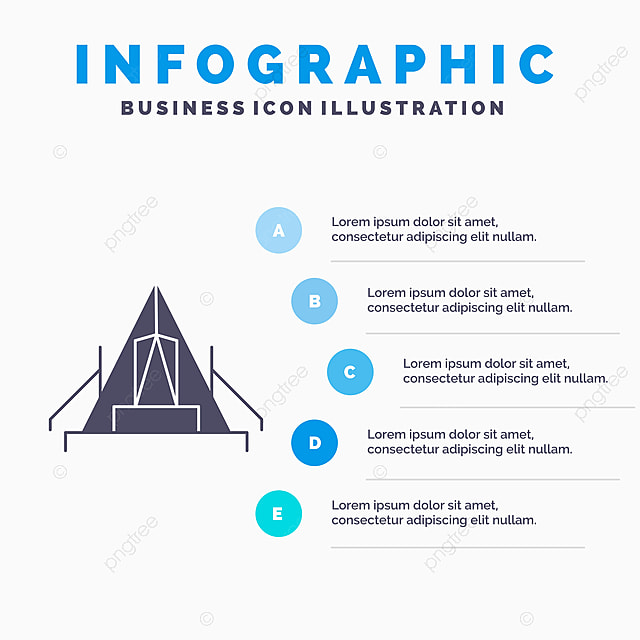While both deal staminas in various environments, it is very important to determine which sort of insulation will certainly ideal offer your needs. The insulation you select influences warmth, weight, water resistance, compressibility and cost.
Down is gathered from waterfowl, normally ducks or geese. It is treasured for its agility, easy compression and protecting buildings. However, down ends up being less reliable when damp.
Warmth-to-Weight
A high warmth-to-weight proportion is preferred in outdoor apparel and gear. The shielding homes of down feathers make them a terrific option for this objective, as they are incredibly cozy and lightweight.
Nevertheless, down sheds its protecting abilities when it gets wet, suggesting it needs to be coupled with a waterproof covering. Additionally, some people dislike down, making synthetic coats a far better choice for them.
Artificial insulations are generally made from recycled polyester and made to imitate down's shielding homes. They are not as light-weight as down, however they do not lose their shielding capabilities when they splash and dry faster than down. They are additionally more budget friendly than down. Nevertheless, their life expectancy is much shorter than down, resulting in higher upkeep and substitute costs.
Water Resistance
The insulation you select for your job jacket will certainly make a big distinction in just how comfortable you feel outdoors. Nonetheless, the sort of insulation you select likewise has substantial effects for your sustainability goals.
Down is an outstanding insulator for a variety of factors. It's light-weight, compressible, and supplies a good warmth-to-weight ratio. Nonetheless, it does not prosper when it gets wet. Down clumps up and loses its loft when damp, which can dramatically reduce its ability to trap heat.
Artificial insulation materials, such as Thinsulate and Primaloft, hold up far better against wet problems. They typically have a tight weave or chemical layer that keeps water from permeating the textile. This allows the insulation to remain breathable, even if wet. It deserves keeping in mind that synthetics can likewise be uncomfortable when wet, but they retain their insulating residential properties.
Compressibility
While goose down does have a premium warmth-to-weight proportion, synthetic insulation carries out in a similar way. Nevertheless, unlike down which soaks up and sheds its protecting capabilities when wet, synthetic insulation does not. Because of this, it can keep its loft and trap warm air in wet conditions.
Generally manufactured from polyester sheets or clusters that mimic down, the most usual artificial insulation brand names consist of PrimaLoft, FullRange, Thermoball and Patagonia's PlumaFill. While it still can not match down's loftiness and warmth-to-weight, synthetic jackets are light-weight, quick to completely dry and more economical than down. This makes artificial coats excellent for wet atmospheres, or if you're prone to sweating greatly. Artificial coats are additionally less delicate than down and can take a beating. This resilience encompasses their face textiles which are generally thicker and more durable than down.
Resilience
A major factor to consider in sustainability is a product's long life and durability. All-natural products like cork, ThermaCork broadened cork and Havelock wool last longer than synthetic choices like fiberglass and plastic. They also need less upkeep and can hold up against severe ecological problems.
Nevertheless, all-natural insulation doesn't carry out also when damp as artificial options. Woollen and fleece glob with each other when wet, compromising their ability to catch heat. Synthetic insulation, on the other hand, does not take in moisture and tent flooring continues to shield also when soaked.
This makes artificial insulation suitable for damp climates and strenuous tasks where you may sweat heavily. It's additionally much easier to clean and dries faster than down. This included toughness and reliability make artificial insulation a general winner in this group. This equates to resilient insulated job boots that last long and keep you heat through requiring atmospheres.
Sustainability
Natural products provide biodegradability and a smaller ecological footprint, while artificial choices boast toughness and ingenious applications that sustain energy performance. Nevertheless, it is essential to recognize real ecological effect of these insulation products from cradle-to-grave.
For instance, if an all-natural insulation material needs to travel a cross country from its source to the structure site, transportation-related exhausts enhance its total carbon footprint. Picking locally sourced and recycled items decreases that influence. And, choosing GREENGUARD and Cradle to Cradle qualifications makes certain that insulation is devoid of unpredictable organic substances (VOCs) and sustains accountable sourcing and labor problems.
Sheep's woollen and cork are renewable insulation resources that are collected without hurting the tree or plant. Both have actually the added benefit of being normally resistant to mold and mildew, parasites and moisture.
